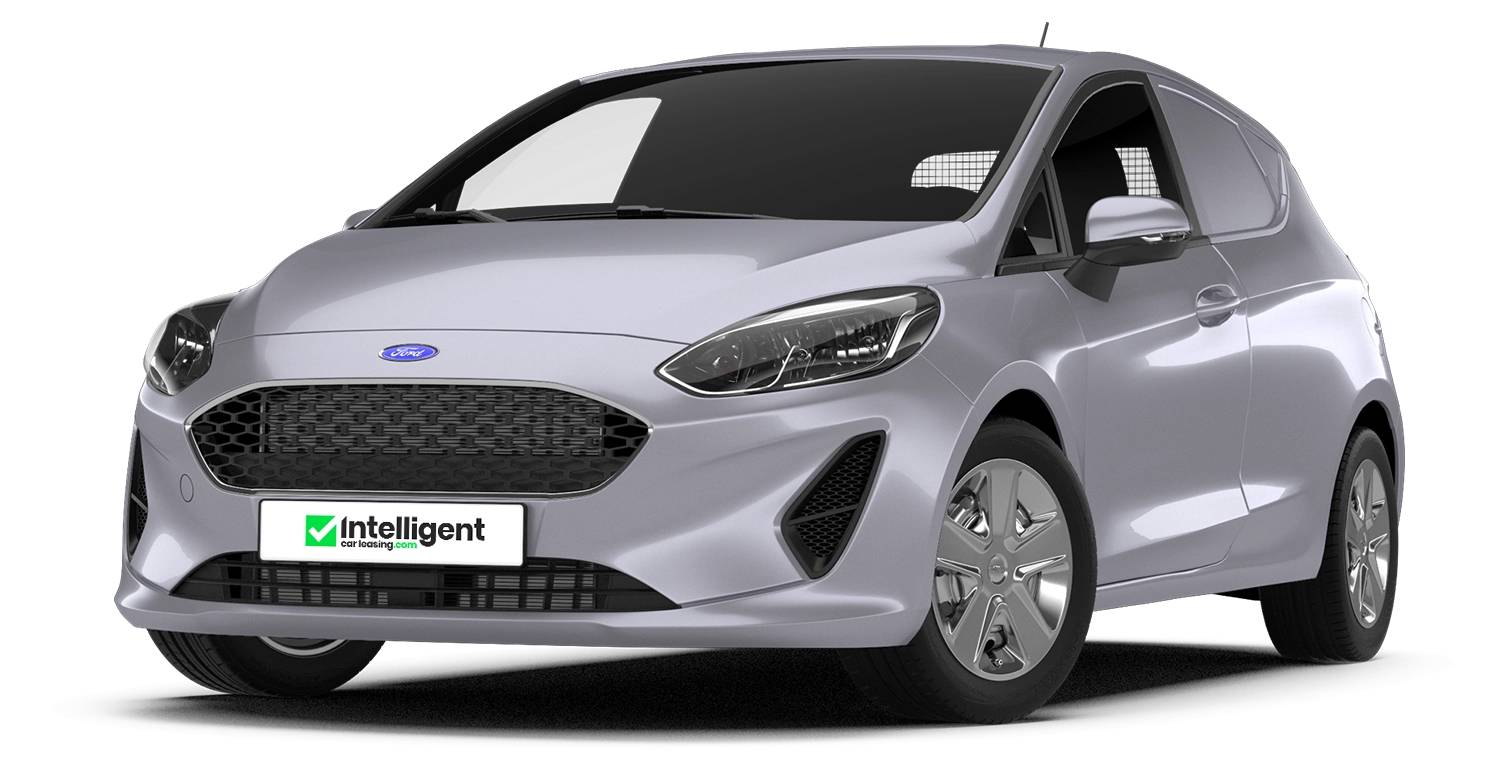
Ford Fiesta Lease Deals
A Ford Fiesta Lease is not only one of our most attactive deals on offer - its a car that's packed full of style and technology, all wrapped up in a highly affordable and competitive package. When you lease a Ford Fiesta the offer includes free delivery, road tax and an official manufacturer's warranty!

 For years now the Fiesta has been Britain's favourite car, and Ford continually updates it to stay ahead of the game in technology, style and trends.
For years now the Fiesta has been Britain's favourite car, and Ford continually updates it to stay ahead of the game in technology, style and trends.
Its responsiveness, agility and beautifully designed controls make it easy, fun and entertaining to drive, from the no-nonsense Style to the mighty rally-bred ST200.
Whether it's a nimble city car or compact, comfortable diesel-powered family transport, every Fiesta comes with dependable build quality and engineering, and has tech, green and efficiency features that showcase the entire Ford range.
All Ford Fiesta cars leased through us come with an official manufacturer's warranty, free delivery and phone support throughout the duration of the lease contract.
Cheap Ford Fiesta Lease Deals
We offer many cheap Ford Fiesta lease deals for you to choose from and you can take advantage of them today. If you would like to explore our current specials, do not hesitate to look above. If you are looking for a specific Fiesta model, do not hesitate to take advantage of our additional search functions to help you narrow down your choices.
No Deposit Ford Fiesta Leasing
We have several low initial payment options to choose from and each one is tailored to fit into your budget easily.
Leasing a Ford Fiesta with Bad Credit
Bad credit can spell trouble when you want to get into a car. Before leasing any car, you must have your credit run. If you have moderately bad credit, we may still be able to help you. Reach out to our sales team today and let us explore your options with you.
Ford Fiesta Business Lease Deals
We recommend that all VAT registered businesses choose a contract hire deal to get into the perfect company car. This business lease deal can save you money and provide you with additional perks such as tax breaks.
We are here to provide you with the best possible contract and we are ready to meet your needs.
Ford Fiesta Personal Contract Hire
Driving around a luxury vehicle does not have to be only a dream. Personal contract hire leases are designed to be in your name and it is easy, simple, and affordable. Once your contract is up, you bring the car back to us and sign for a new one or walk away. It is like 1-2-3 with no strings attached.
If you are ready to get started, call our office today!
Ford Fiesta Lease Insurance
Our lease deals do not come with auto insurance attached to them. What this means is that you will need to obtain an insurance policy in your name and ensure the policy covers the car adequately.
Brand New Cars
Your new vehicle is supplied direct through the manufacturer’s franchised dealer network.
Free Mainland UK Delivery
We'll deliver your new lease car anywhere in the UK mainland for free.
Road Tax Included
Your car lease includes road tax.
Manufacturer Warranty
Your new car includes full manufacturer’s warranty and breakdown recovery.

